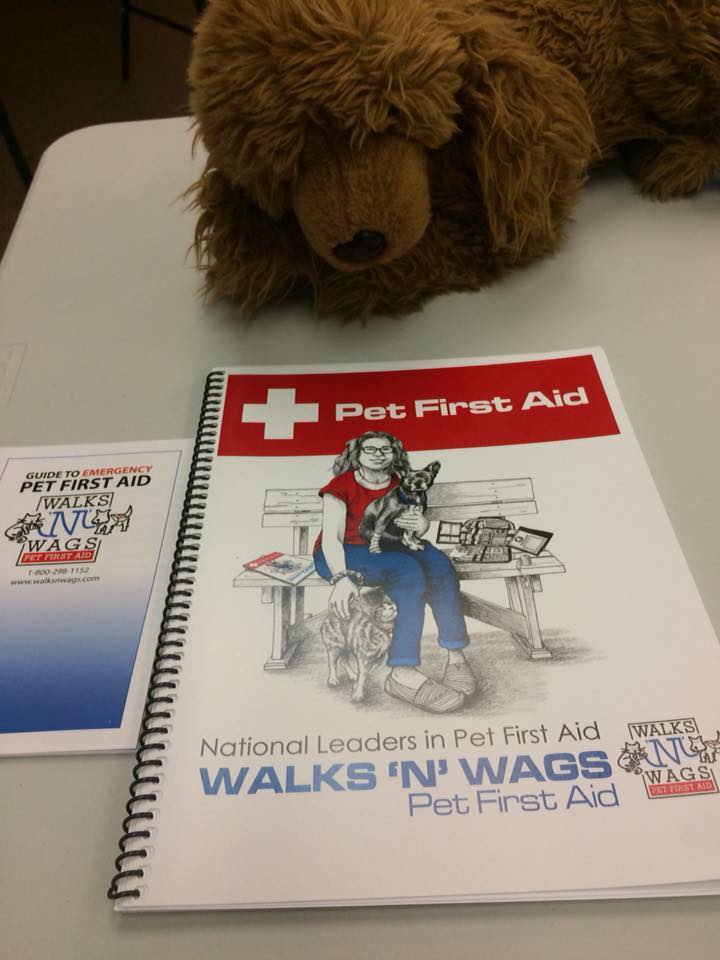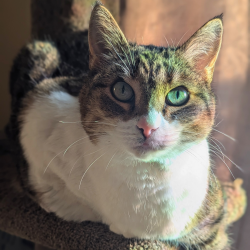By: Kim Barrett
Your dog starts choking on a toy…
Your cat jumps on a hot burner on the stove…
Your dog gets a bad bite on his head while visiting the dog park…
Your cat suddenly collapses and is not breathing…
While out for a walk your dog has a seizure…
If you found yourself and your pet in one of these situations, would you know what to do?
It is quite distressing for many of us to imagine such scary situations, let alone live through it. These situations are not planned and how you are able to respond can save your pet’s life. It’s quite obvious that you need to seek immediate medical attention from a vet but what do you do until you get there? How can you dress a wound to prevent further blood loss or cope with shock? What if you are camping in a remote area and nowhere near a vet?
The motto of Scouts “Be Prepared” is fitting advice.
Emergency situations require quick thinking and fast action. The best way to avoid panic or ‘freezing’ in any situation is to be educated and prepared. Many people are trained to provide first aid and cardiopulmonary resuscitation (CPR) to humans, but have you learned these skills for your pets?
The Edmonton Humane Society offers a pet first aid course facilitated by Walks N Wags. The 10-hour course covers everything from CPR for animals to bandaging and splinting to preventative medicine.
This past November, I attended the pet first aid course. The instructor, Leah Daoust, has had a wide range of experiences working with animals and handling medical emergencies. She was very open to answering questions and covered the material in a clear and understandable way.
This certificate course provided an opportunity to learn and practice CPR for cats and dogs and how to treat a choking animal. We practiced dressing wounds on different body parts as well as how to deal with foreign objects, such as a porcupine needle or a fishing hook. We also learned how to make a splint for broken bones and what to do if your animal is impaled with something. Leah covered wide range of medical conditions, including showing videos of an animal having a seizure and one experiencing bloat so we could see the reality of the condition on a live animal. Lastly, we learned how to assemble first aid kits and the three important places to keep them: home, car, with you.
I now feel much more confident in my ability to deal with emergency situations involving animals.
In-person training with a qualified instructor and opportunities to practice is best way to learn, however, there are many resources online for learning about first aid for pets.
Consider making learning pet first aid a goal for 2018!






